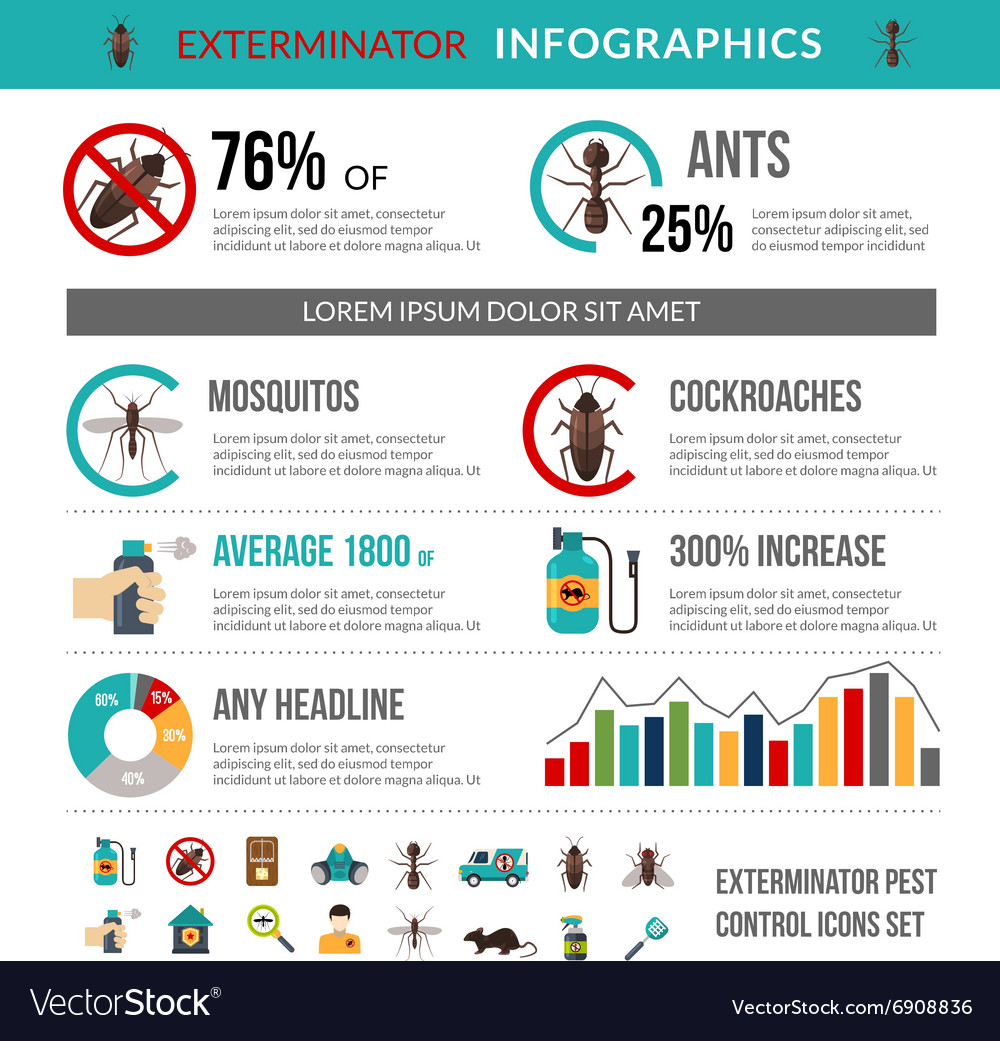Use Your Knowledge Of Rodent Nesting Actions To Outsmart These Pest Administration Techniques
Use Your Knowledge Of Rodent Nesting Actions To Outsmart These Pest Administration Techniques
Blog Article
Short Article Composed By-Payne Thorsen
When it involves rodent control, comprehending typical rodent behavior is vital to properly managing invasions. Did you know that rats have some interesting nesting routines that might shock you? By discovering their elaborate habits, you can obtain important insights into exactly how to deal with rodent problems in a more strategic and effective fashion. So, allow's untangle the enigmas behind these animals' actions and find out how to outmaneuver them in your rodent control efforts.
Rodent Nesting Behaviors
When observing rodents in their natural environment, you'll discover that they actively look for materials to create their nests. Rodents, such as computer mice and rats, are clever animals that utilize a selection of products like twigs, leaves, paper, and fabric to build their homes. They're precise in their nest-building procedure, frequently lining their nests with softer materials like fur or plumes to create a cozy atmosphere.
Rats favor to construct their nests in concealed and protected places to secure themselves and their young from predators. Typical nesting spots include wall surface tooth cavities, attic rooms, basements, and even within insulation products. By building their nests in these secluded locations, rats can securely raise their spawn away from potential risks.
It is vital to comprehend the nesting practices of rodents when applying control actions. By disrupting their nests or getting rid of materials, you can prevent rats from establishing a presence in your home or building. Proper hygiene and sealing off access factors are also vital steps in stopping rodent invasions.
Rodent Feeding Patterns
After observing rodents' nesting practices, it becomes noticeable that their feeding patterns play a vital role in their every day lives and behaviors. Rodents, including computer mice and rats, are opportunistic feeders, implying they'll consume whatever food source is readily offered. They're mostly nighttime animals, favoring to forage for food throughout the cover of night to stay clear of predators.
Rats have a diverse diet plan, ranging from grains, seeds, fruits, and vegetables to insects, nuts, and even small animals. This versatility in their food choices enables them to flourish in different environments, consisting of urban locations where human food resources are plentiful.
visit the following internet page feeding patterns aren't only driven by appetite but additionally by the demand to stock food for times of shortage. This actions is specifically noticeable in preparation for winter months or when nesting. Rodents are recognized to hoard food in their nests or burrows, ensuring a constant food supply. Recognizing their feeding patterns is important in applying efficient rodent control actions to interrupt their food sources and stop problems.
Rodent Activity and Travel
Rodents navigate their surroundings with dexterity and stealth, using their keen senses to relocate quickly via their settings. These animals are skilled mountain climbers, able to range wall surfaces and vertical surfaces with ease. They can additionally press via surprisingly little openings, making it critical to seal off any potential entry factors in your home.
When it comes to taking a trip, rats often tend to adhere to familiar courses, producing routes along walls or skirting the edges of areas. They're creatures of habit, often adhering to these established paths as they forage for food or explore their surroundings.
Rats are understood for their nighttime routines, so you may hear them scooting about in the evening as they look for food and water. why not try this out are quick and erratic, enabling them to dart in and out of sight in the blink of an eye.
Understanding exactly how rats move and take a trip can help you recognize prospective infestation areas in your home and take positive actions to avoid these pests from obtaining a grip.
Conclusion
As you function to manage rodents in your home, keep in mind that recognizing their behavior is key. By identifying their nesting behaviors, feeding patterns, and motion, you can efficiently stop infestations.
Coincidentally, by taking positive procedures to get rid of food resources and seal entry points, you can disrupt their acquainted paths and require them to seek out brand-new areas, inevitably reducing the probability of rodent visibility in your space.
